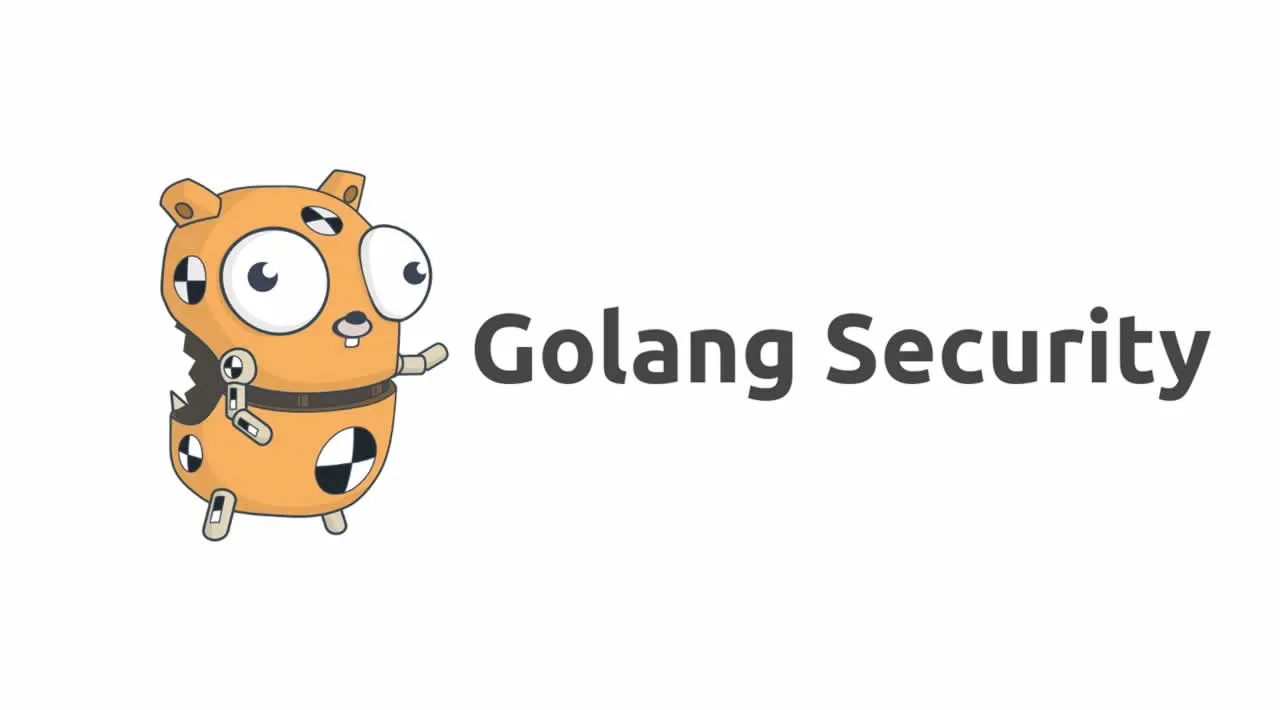It’s extremely common now to encounter code written in the Go programming language, especially if you are working with containers, Kubernetes, or a cloud ecosystem. Docker was one of the first projects to adopt Golang, Kubernetes followed, and many new projects select Go over other programming languages.
Like any other language, Go has its share of strengths and weaknesses, which include security flaws. These can arise due to issues in the programming language itself coupled with insecure coding practices, such as memory safety issues in C code, for example.
Regardless of why they occur, security issues need to be fixed early in development to prevent them from creeping into shipped software. Fortunately, static analysis tools are available to help you tackle these issues in a more repeatable manner. Static analysis tools work by parsing source code written in a programming language and looking for issues.
Many of these tools are called linters. Traditionally, linters are more focused on finding programming issues, bugs, code style issues, and the like, and they may not find security issues in code. For example, Coverity is a popular tool that helps find issues in C/C++ code. However, there are tools that specifically seek out security issues in source code. For example, Bandit looks for security flaws in Python code. And gosec searches for security flaws in Go source code. Gosec scans the Go abstract syntax tree (AST) to inspect source code for security problems.
#golang #go #security #gosec
